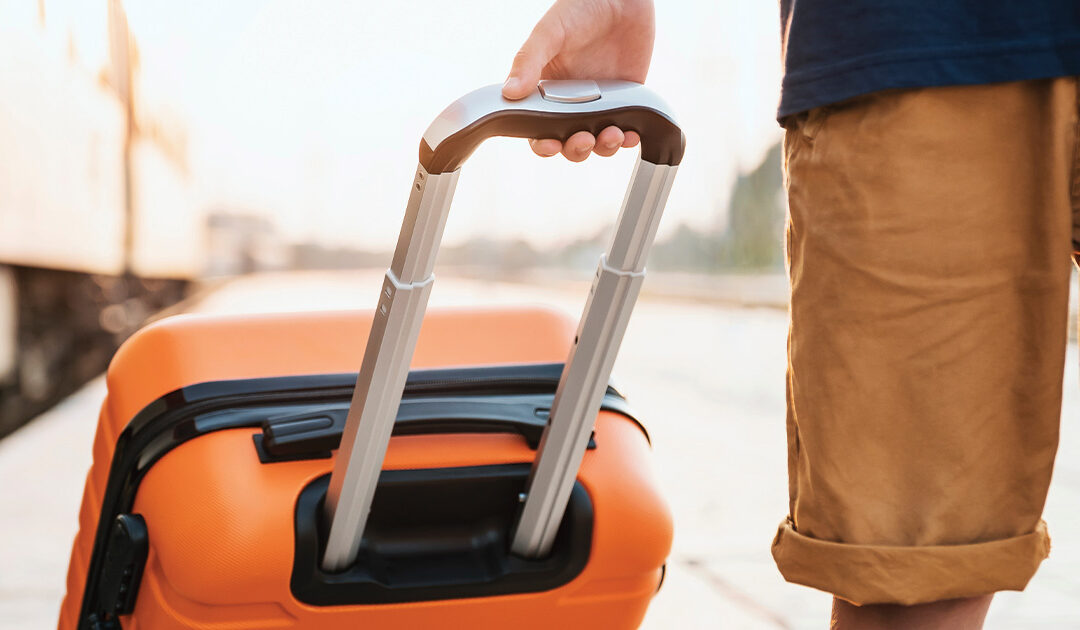Packing is just one important cog in the machine of travel—do it carelessly, and you might be throwing a wrench in the works.
Let’s say a student didn’t pack anything for rain and a downpour arrives; now someone needs to go out of their way to procure an umbrella or poncho, potentially complicating an already stressful situation.
That said, group leaders can help avoid these mistakes by putting together a quality packing list for students based on the trip. Here are a few of our tips for packing smart, no matter the destination:
Prepare for extreme heat. One of the most dangerous situations for students is to not be properly dressed for the weather. If they’ve never been south of Michigan, they likely have no idea how sweltering somewhere like Florida can be. When you’re sweating every second you’re outside, dehydration is a huge risk—especially for students, who rarely drink enough water in the first place. Make sure students have light clothes, plenty of sunscreen, sunglasses, and a hat.
Don’t get frostbite. If your students have never seen snow in their life, they may not think to pack a warm coat, gloves, a scarf, or thermal layers when going up north. The frigid cold could lead to sickness, and at the very least, it’s a major distraction from enjoying the travel experience. Removable layers are key here, because they take up less space when packing and allow you to shed clothes when indoors.
One bag. That’s it. As shocking as this may seem to some, one bag is likely all you need for a trip, as long as you pack smart. Consider 30 students each lugging around a backpack and a carry-on, plus checking a bag at the airport. It’s a recipe for chaos, not to mention the fact you’ll look like a bunch of tourists. One bag is easy to transport and you’ll always have what you need with you, allowing for tons of flexibility.
Pack light as possible. How do you fit it all in one bag? Don’t bring that extra pair of shoes you may or may not wear. Don’t bring every electronic you own. Don’t bring all the toiletries in your bathroom. Pack only necessities, because by definition, you don’t need the rest! And if you do end up needing something you didn’t bring, that’s what stores are for.
Get creative. While not everyone can take on the additional expenses, students who can afford to get accessories like packing cubes and mesh bags will find a lot of benefit. There are so many tools out there specifically designed to help you pack light.
Don’t forget the little things. Packing light doesn’t mean leaving necessities behind. Group leaders should bring things like insect repellent, extra sunscreen, additional phone chargers, snacks—whatever little things your students might forget, have some on hand, because it’s pretty much a guarantee that someone’s going to need it.
Courtesy of Teach & Travel.

